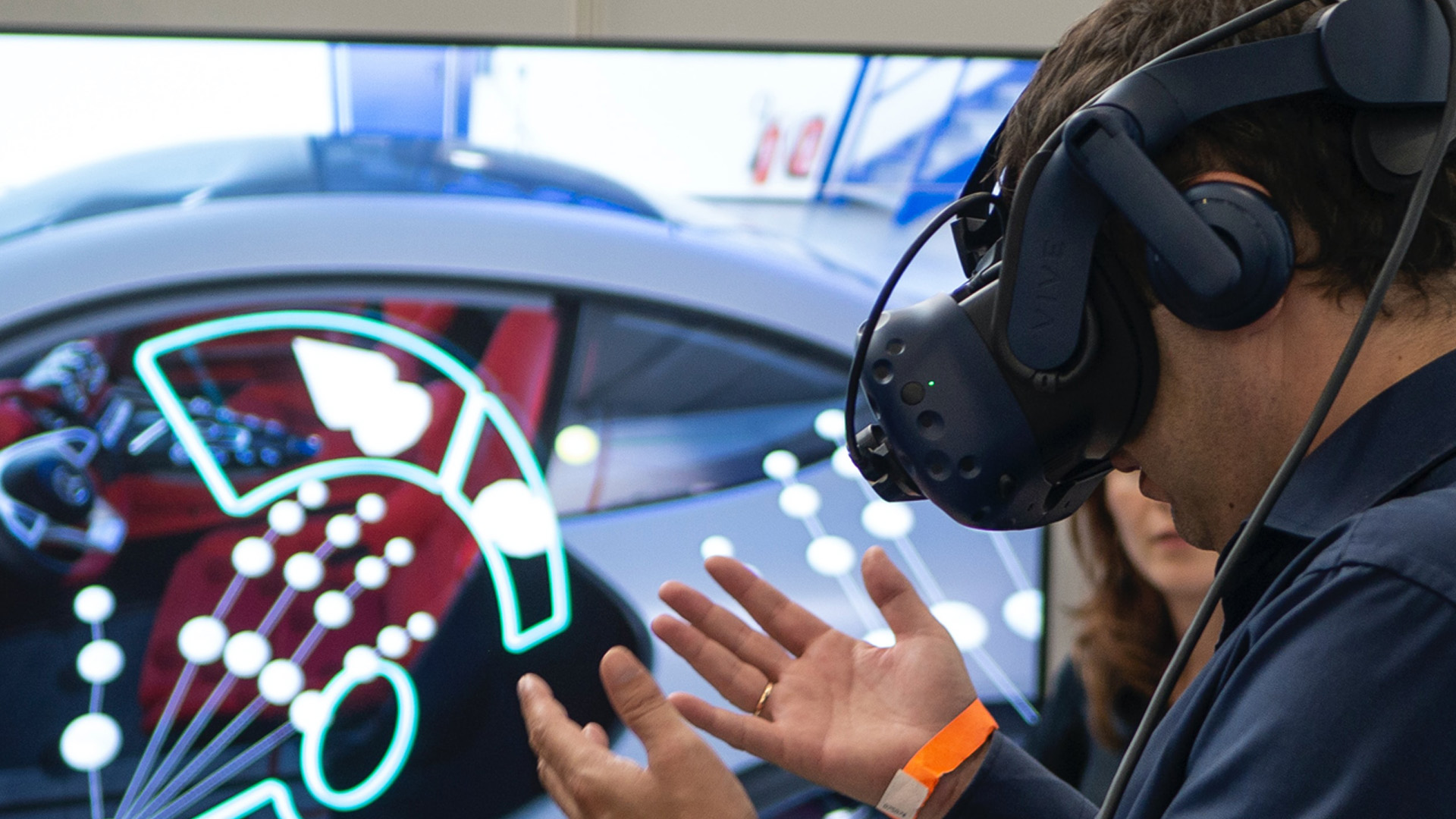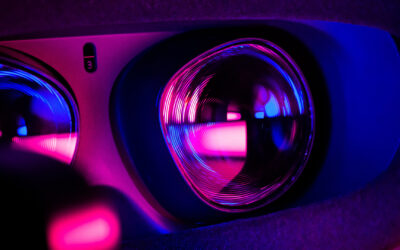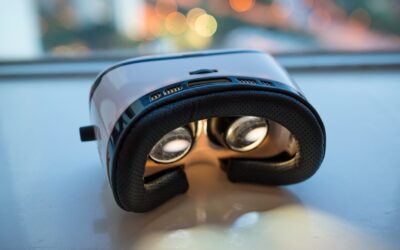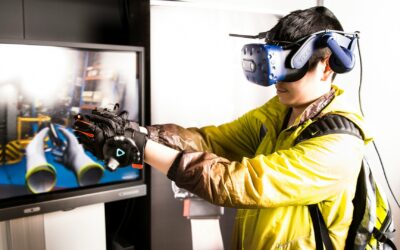How Augmented Reality Became a Serious Tool For Manufacturing
Making monsters appear in games like Pokémon Go is not the only application for augmented reality these days. Industry is using the technology too, harnessing CAD data for training workers, standardizing workflows, and enabling collaboration.
Augmented reality (AR) is not just about fun and games. “It also has a variety of uses in industrial automation,” notes Eran Nadel, director of innovation projects and rapid development manager for manufacturing engineering at Siemens Digital Industries Software. He should know because he and his colleagues are among the select group of engineers who have been developing AR technology for use in manufacturing. These engineers have been superimposing virtual elements constructed from CAD and other data onto views of real objects depicted on mobile devices, desktop computers, smart glasses, and headsets. It is this superimposition of the virtual upon the real that differentiates AR from virtual reality (VR), which immerses users in a completely virtual scenario constructed solely from digital elements.




